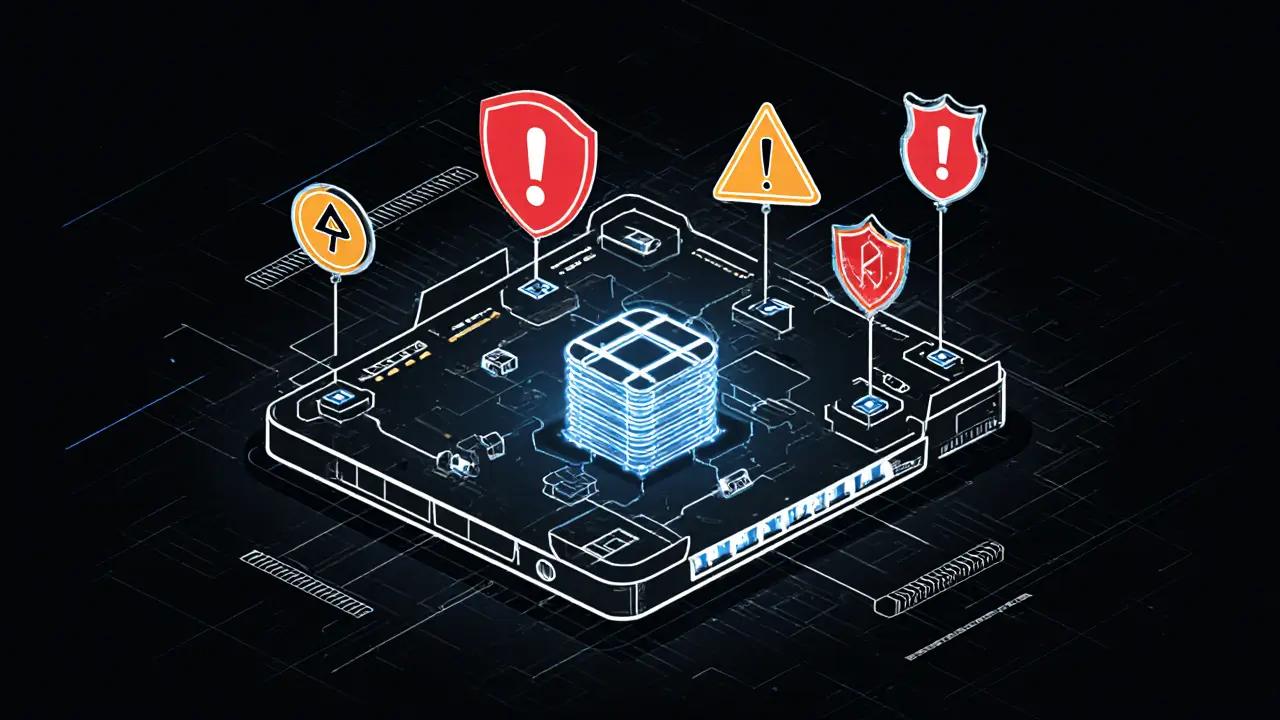Blockchain Decentralization: What It Really Means and Why It Matters
When you hear blockchain decentralization, the distribution of control and data across many computers instead of one central authority. Also known as decentralized ledger technology, it's supposed to make crypto immune to censorship, hacks, and corporate control. But here’s the truth: most tokens labeled as "decentralized" aren’t. Look at GDOGE, TopGoal, or W Coin—they’re listed on CoinMarketCap, promise airdrops, and claim community ownership. But behind the scenes, the same few wallets control over 80% of supply, devs vanish after launch, and trading happens on centralized exchanges. That’s not decentralization—that’s theater.
Real decentralized network, a system where no single entity controls validation, updates, or access. Also known as peer-to-peer network, it requires open participation, transparent code, and distributed node operators. That’s why ZKSwap and Blackhole DEX matter—they run on Layer 2 or Avalanche, with no central server to shut down. Even then, liquidity is concentrated. True decentralization means thousands of everyday users running nodes, not just whales and venture funds. It’s why P2P crypto trading in China or restricted countries survives: people bypass banks and governments by trading directly, using USDT or Bitcoin as their medium. No middleman. No approval. Just code and trust.
But decentralization isn’t magic. It doesn’t fix bad projects. Degen Forest and Zeus (ZEUS) are decentralized in structure but useless in function—no team, no product, no adoption. Decentralization without utility is just a ledger full of empty addresses. The same goes for SafeLaunch SFEX and FEAR NFT tickets—no active development, no real users, just hype. Real decentralization needs both structure and substance. It needs people trading, staking, and using the system daily—not just speculating on a token price.
That’s why Chainbase and Kava Swap show what’s possible. Chainbase powers AI data across 200+ blockchains, with developers earning rewards for maintaining clean, open data. Kava Swap serves a real niche—users already in the Kava ecosystem who want fee-free swaps. These aren’t flashy airdrops. They’re tools built for actual use. And that’s the difference: decentralization that serves a purpose, not just a slogan.
If you’re holding a token that claims to be decentralized, ask: Who controls the keys? Who updates the code? Where is the trading happening? Is there real volume from real users, or just bots pumping on a centralized exchange? The answers will tell you more than any whitepaper ever could.
Below, you’ll find real stories—of airdrops that vanished, exchanges that disappeared, and a few projects that actually kept their promises. No fluff. No hype. Just what happened when decentralization was tested in the wild.
How to Prevent 51% Attacks on Blockchains: Real-World Strategies for Network Security
Learn how 51% attacks work, why they target small blockchains, and what makes Bitcoin and Ethereum resistant. Discover real prevention strategies for users and developers.
VIEW MORE
